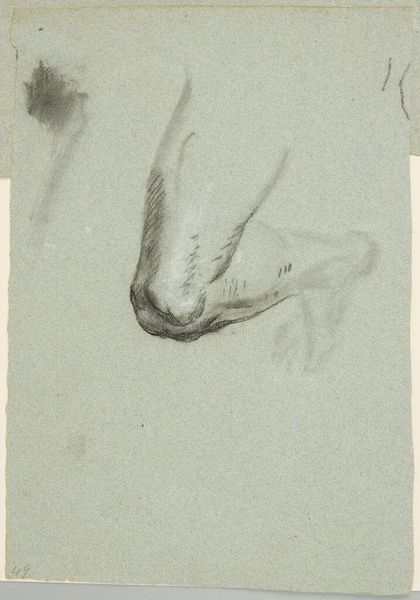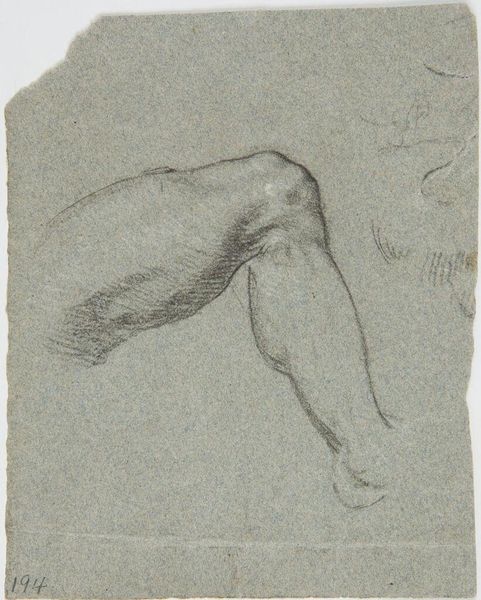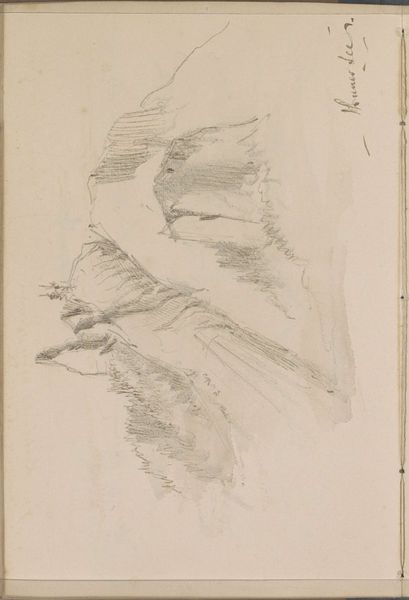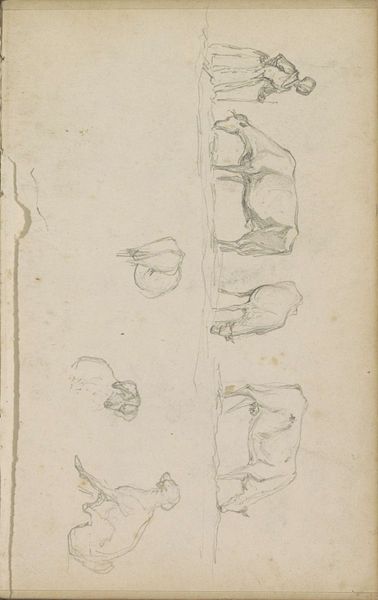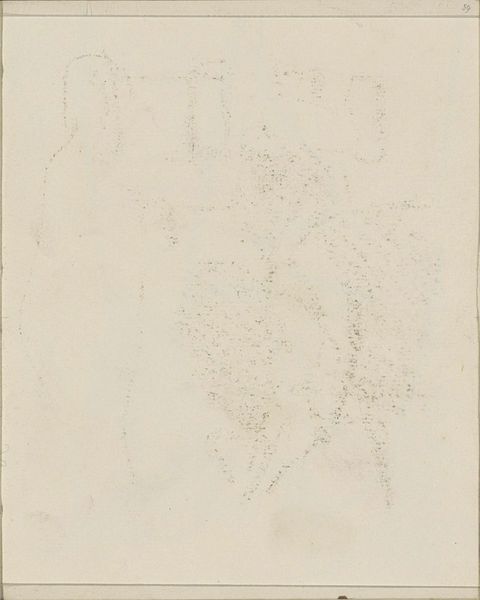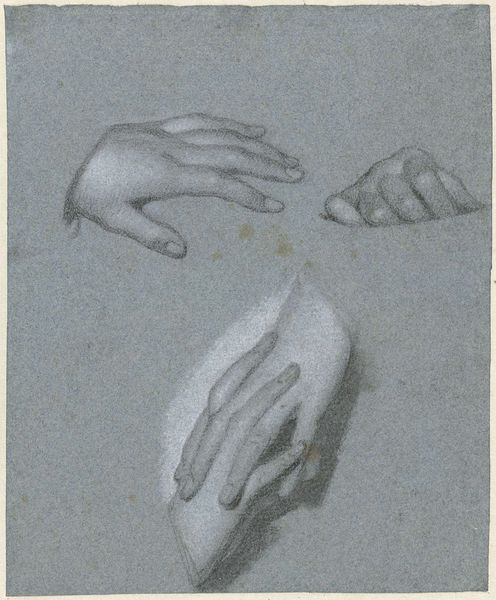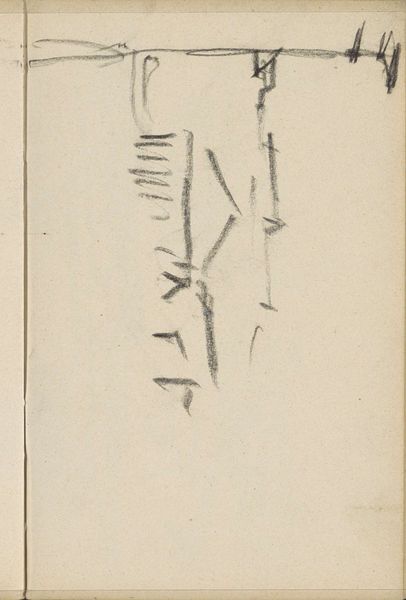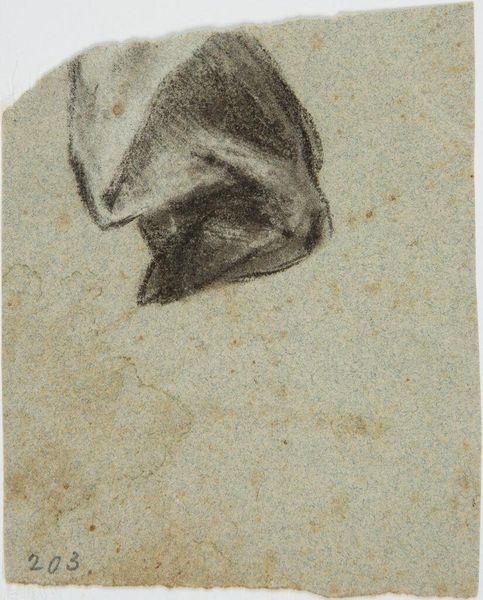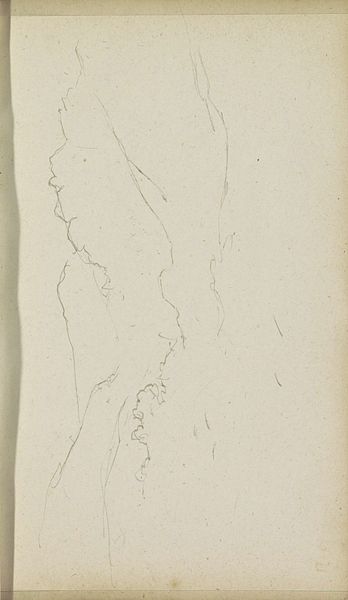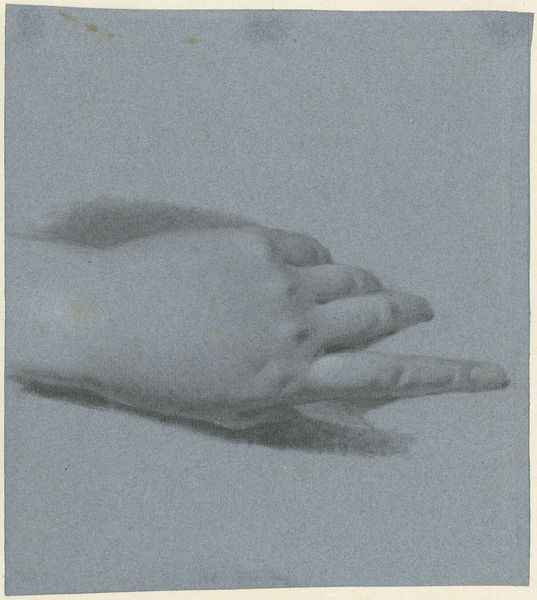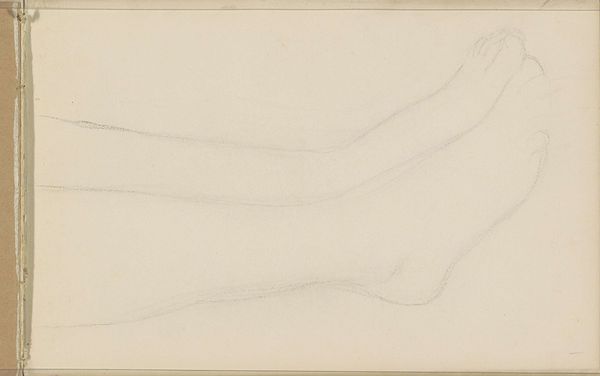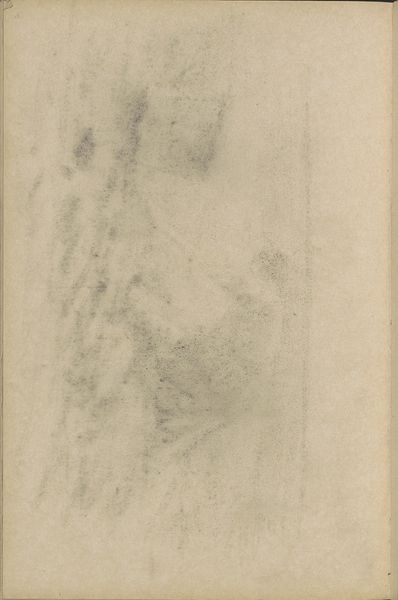
drawing, paper, pencil
#
portrait
#
drawing
#
amateur sketch
#
toned paper
#
light pencil work
#
pencil sketch
#
incomplete sketchy
#
figuration
#
paper
#
form
#
11_renaissance
#
underpainting
#
detailed observational sketch
#
pencil
#
sketchbook drawing
#
pencil work
#
academic-art
#
sketchbook art
Dimensions: height 274 mm, width 212 mm
Copyright: Rijks Museum: Open Domain
Curator: At first glance, these studies have an almost ghostly quality. The soft pencil lines create such delicate forms on that toned paper. Editor: You're right, they do feel ephemeral. The Rijksmuseum holds this intriguing piece: "Two Studies of a Left Hand," rendered by Anthony van Dyck sometime between 1610 and 1641. Curator: The hand, throughout art history, it has such a powerful symbolic resonance. Think of religious paintings – hands raised in supplication, benediction. What does it mean when van Dyck focuses solely on this one element? Editor: Well, within the academic tradition of art, the hand was often seen as a crucial element for expressing character, social standing, and inner thoughts through gesture. Van Dyck was an assistant to Rubens. It's possible these sketches were practice for larger commissions and paintings? A way of mastering the complexities of anatomy. Curator: The absence of a larger narrative almost compels us to create one. The top hand, is it reaching? Is it offering? Or is it simply at rest? What feelings are stirred within you, seeing just these incomplete sketches of the hand? Editor: For me, the muted palette enhances the sense of quiet introspection, that melancholic feeling from Dutch Golden Age paintings of somber portraits and modest landscapes, the effect is similar. The way these studies explore subtle variations in form reminds us how much an artist learns through repetition, through close observation of a single motif. Curator: Precisely. And for me, it highlights that the hand is more than just a body part. It is a tool, an extension of the mind, a vehicle for expression. And its representation carries with it centuries of cultural weight. Thank you for helping me bring meaning to these drawings. Editor: Thank you. It has me now imagining Van Dyck’s world and the many historical hands he shook during his artistic travels.
Comments
No comments
Be the first to comment and join the conversation on the ultimate creative platform.
